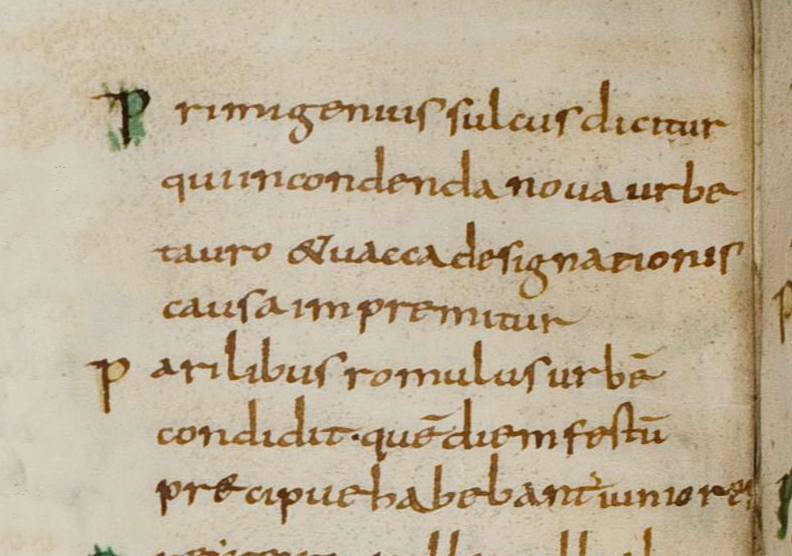Danishmendids
- sulla80

- Jun 21
- 3 min read
Updated: Jul 19

This week's coin of interest is a large 32mm coin (an AE Dirham of the Danishmendids). It was a steal at 20 EUR - yes it is ugly, yes it seems to be some sort of hot mess with a flan crack and maybe overstruck on some earlier coin? But is is an unusual and interesting coin nonetheless.
Minted between 1142 and 1164 CE, this broad copper “dirham” was issued by Emir Nizām al‑Dīn Yağı‑basan - a rare portrait on an Islamic coin. A diademed male bust is ringed by Arabic text proclaiming “Emir Danishmend, the Victorious, Commander of the Faithful”, while the reverse proclaims in Arabic that Yağı‑basan is “the Just King, son of Malik Ghāzī” affirming his Islamic legitimacy.
“The Book of Danişmend”
The coin comes with a tale that originated as an oral story, and became an Ottoman epic tale : Danişmendnâme. “The Book of Danişmend” is a medieval Turkish adventure-epic that turns the real frontier emir Danişmend Ahmed Gazi (d. 1104) into a larger-than-life folk hero. For the Seljuk and, later, early Ottoman courts the Danişmendnâme offered a ready-made heroic genealogy that linked new Anatolian rulers to venerable champions of Islam; Ottoman sultan Murad II ordered the final redaction used today. The story stitches Ahmed Gazi’s battles against Byzantines and Crusaders to earlier oral legends of the 8th-century Arab warrior Battal Gazi; the two heroes’ exploits are freely interwoven, so the Danishmendid emir sometimes fights Charlemagne and rescues damsels alongside Battal.

The Real Danişmend
The real Ahmed Gazi was a the warrior-chieftain who founded the Danishmendid principality after the Battle of Manzikert (fought 1071 CE) between the Byzantine Empire and the Seljuk Turks. This coin was issued by his descendant and great-grandson Nizam al-Din Yaghi-Basan. The Danishmendid dynasty ruled over both Christian and Muslim communities on an Anatolian frontier contested by Seljuks, Byzantines and Crusaders.
Struck in copper yet denominated "dirham", this coin functioned as fiduciary small change in a silver-poor frontier economy. In 1143, the Danishmendids split into Malatya, Kayseri and Sivas branches with Yaghi-Basan as the leader of the Sivas branch. Danishmendid mints continued to strike independent types until the Seljuk annexation. a two-step affair under Sultan Kilij Arslan II of the Seljuks of Rûm. After the death of Nur ad-Din, Kilij Arslan seized the Danishmendid heartland around Sivas, Niksar and Tokat, folding the Sivas branch into the Sultanate. Seljuk forces occupied Malatya in 1178.
The Coin

Danishmendids. Nizam al-Din Yaghi-Basan, at Sivas. AH 536-559 / AD 1142-1164. Æ Dirham (32mm, 8.23g). Without mint-name. Undated. Whelan pl.17, 11; Album 1245; ICV 1305.
The Danishmendid dynasty was a Turkish family that built a small state in central-northern Anatolia after the Seljuk victory at Manzikert in 1071. Their first ruler, Danishmend Gazi, seized Sivas, Tokat and Niksar and set up a frontier emirate that guarded the trade roads from the Black Sea to Syria. His son Gümüştekin and grandson Muhammed kept the state alive by fighting when necessary—defeating a Crusader army near Dorylaeum in 1101 - and by making shrewd alliances, even marrying into the Byzantine court.
References:
Stephen Album, Checklist of Islamic Coins, 3rd Edition coin no. 1245
Anetshofer, Helga. “Danişmendname.” Encyclopaedia of Islam, THREE, 2015, pp. 102–103.
Estelle J. Whelan, “A Contribution to Danishmendid History: The Figured Copper Coins”, ANS Museum Notes 25 (1980).
İzmirlier, Yılmaz. Danişmedli Devleti Paraları = The Coins of the Danishmendids. Ege Yayınları, 2023.



Comments